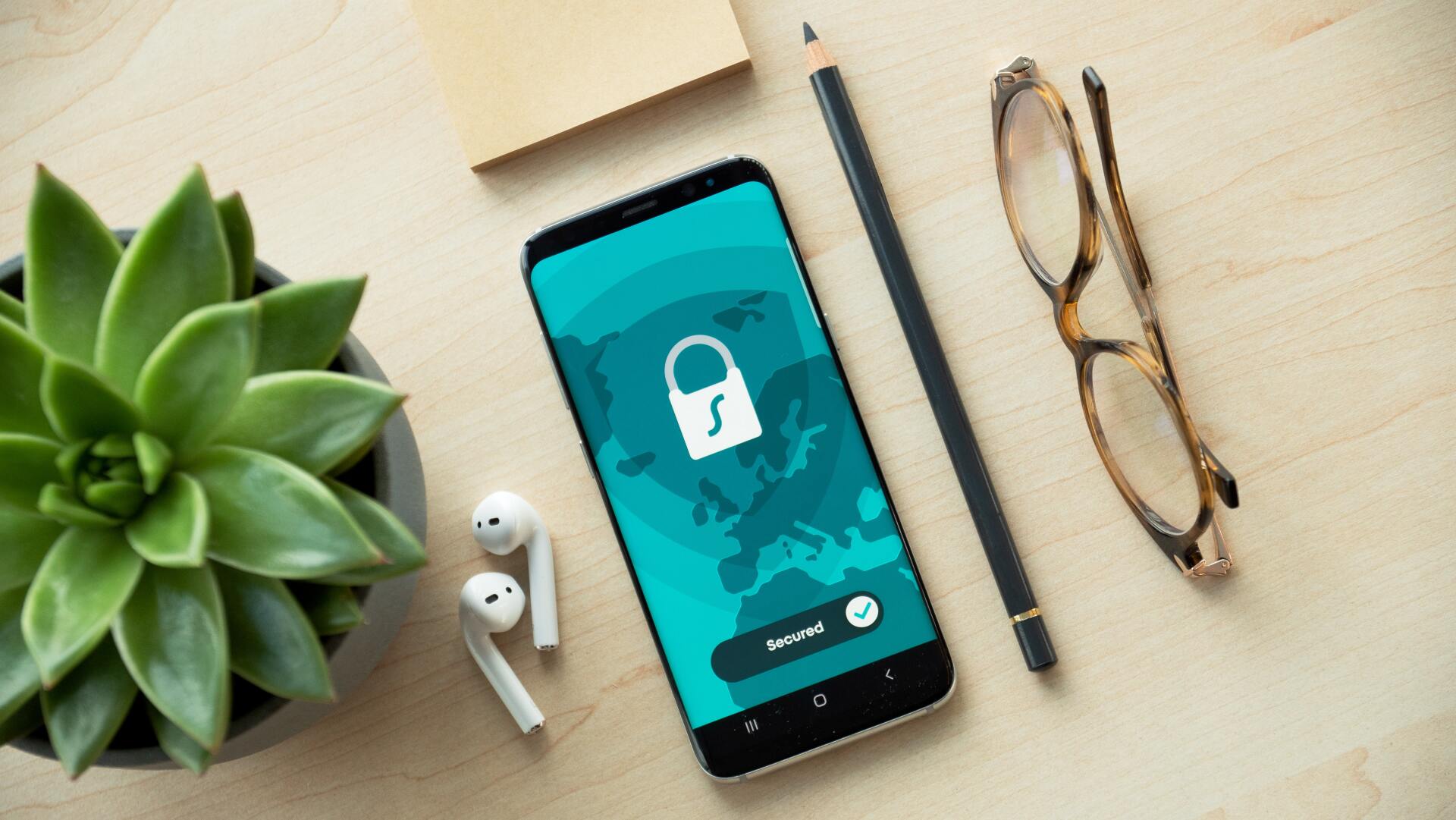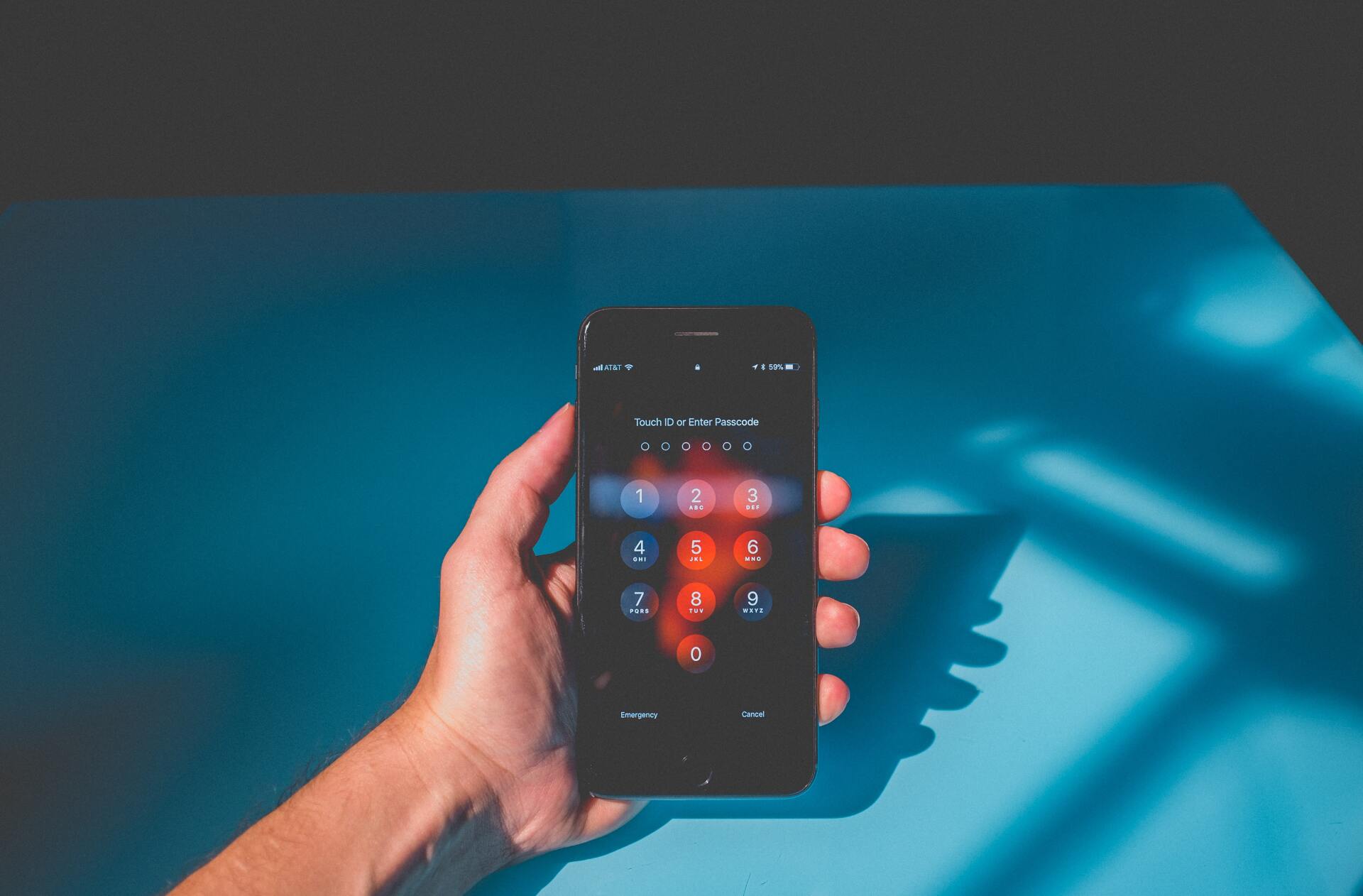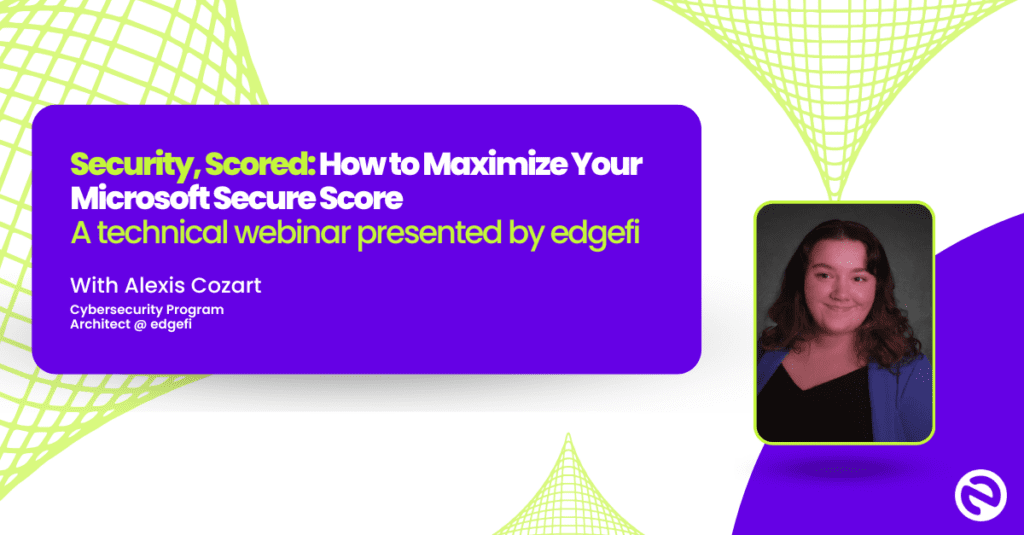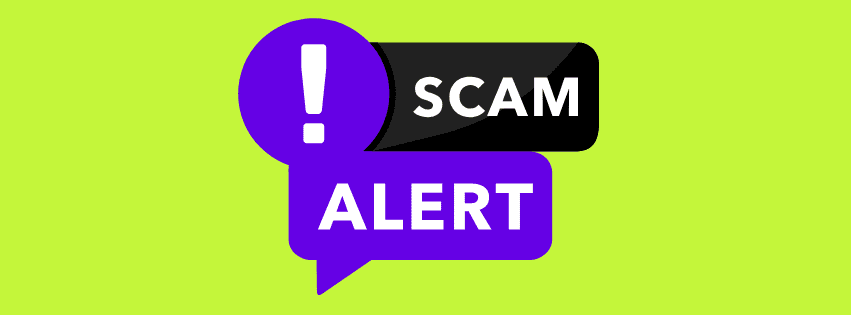Data breaches are at an all-time high. If you’re one of the 56 percent of internet users who use the same password for multiple accounts, you could be putting your digital assets at risk. When you recycle passwords between accounts, it increases your chance of a data breach significantly. You’ve given potential hackers an incredibly valuable tool. Instead of needing to hack into multiple accounts, they only need to crack a single password. This results in a domino effect giving them unlimited access to your most sensitive information. Multi-factor authentication is the cybersecurity solution you need. MFA is a simple, effective way to protect all of your assets from the threat of a data breach.
In this article, you’ll learn the importance of using MFA to protect your business.
What Is Multi-Factor Authentication (MFA)?
Multi-factor authentication, or MFA, is a method of proving identity. This type of authentication requires the user to present at least two pieces of evidence.
These pieces of evidence are used to verify that the user is who they say they are. Multi-factor authentication aims to increase security, but that’s not all.
Verifying your identity through authentication systems can be a tiresome obstacle. This is especially true for those who need to log in and out of accounts throughout the business day.
That’s why multi-factor authentication aims to find the balance between security and convenience.
How Does MFA Work?
Typically, when you log into an account, you get prompted to type in a username and a password. That’s it. The problem is that anyone who gets a hold of your username and password can log in pretending to be you.
Multi-factor authentication adds a few more steps that strategically fend off would-be hackers. After you put in your username and password, you’ll get an additional set of prompts asking for further identity verification.
The method of multi-factor authentication relies on three types of personal information. Businesses can use one or a combination of all of these methods depending on what suits their budget and priorities.
Knowledge (Things You Know)
This type of information generally includes information that only you would know. It could be in the form of security questions like, “What was the make and model of your first car?” or “What high school did you attend?” Passwords also fall into this category.
Another common type of knowledge authentication is the combination of a username, password, and PIN.
Possesions (Things You Have)
This type of authentication is useful for anyone with a specific type of identifiable item in their possession. This item could be a USB device, key fob, mobile phone, or another type of physical token.
Possession authentication has a high success rate of thwarting hackers. It is highly unlikely that a hacker who stole your password was also able to steal your physical belongings.
When you use this type of authentication, it might look like a pop-up notification on your phone. It could also be a prompt to insert a security card.
The least effective form of possession authentication is the one-time password (OTP).
With this method, you submit an authentication request. Then you get a code sent to you via text or email. The code only works once and it has a limited window for use.
Since it is very easy to request this type of code, OTPs are generally less secure than the other types of authentication.
Inherence (Things You Are)
Inherence authentication uses your behavior and biological analysis to verify your identity. This could be in the form of fingerprints, facial or voice recognition, retina scanning, or some other form of biometrics.
This type of authentication is especially secure. It is extremely difficult for someone who isn’t you to imitate your biology and behavior. It’s also the most convenient form of authentication to use.

Why Do I Need Multi-Factor Authentication?
Data breaches have increased by a record-breaking 68 percent in the past year. Changing your password regularly might seem like a good approach to cybersecurity, but that alone won’t keep your data safe. Multi-factor authentication is the most effective method to prevent a data breach. That’s why cybersecurity insurance providers are required by law to use multi-factor authentication. Different businesses and organizations use MFA for a variety of purposes. However, the three primary reasons to use MFA to protect your information are security, usability, and compliance.
Security
The main purpose of MFA is to enhance security so your business can operate safely. How well your information gets secured depends on how many layers of authentication you use. You’ll get the highest level of security with a system that uses two factors of authentication or more.
Usability
Another reason businesses prefer to use MFA is that it offers them the chance to stop relying on passwords. Trying to remember a complicated, unique password for every account, app, or document is a lot. Resetting passwords when you forget them is a nightmare in itself sometimes. MFA can allow users to eliminate passwords by relying on biometrics and physical tokens.
Compliance
For those who work in industries that regulate the handling of sensitive information, MFA is often a requirement. Failing to adhere to these state and local regulations can result in fines, audits, and potential lawsuits.
What Are the Cybersecurity Benefits of Multi-Factor Authentication?
Multi-factor authentication is one of the top three cybersecurity methods. In fact, 95 percent of American companies use multi-factor authentication in some manner already. An additional 85 percent of executives plan to adopt or expand their use of multi-factor authentication.
Here are a few top ways your business will benefit from multi-factor authentication:
Stronger Authentication
The majority of data breaches occur as the result of a weak or stolen password. MFA uses multiple layers of authentication to prevent this from happening. By doing this, multi-factor authentication reduces the risk of an account getting hacked and taken over. With MFA, getting your password stolen isn’t an issue. The hacker who stole it won’t be able to penetrate the added layers of authentication MFA provides.
Increased Security
If you run a large business, there are likely third parties who need to access your system regularly. Perhaps there are dozens of outside individuals using your system, or hundreds, or thousands. The larger your business grows, the more impossible it is to keep track of all the people moving in and out of your system. The added layers of authentication MFA provides increase your security significantly.
Control Who Accesses Your Files
MFA allows you greater control over who can and cannot access specific files and data. Using only passwords is dangerous. It’s easy for someone to duplicate or share a password with someone who shouldn’t have it. Using two or more authentication factors limits access to certain files to specific individuals.
Tailored Security to Suit Your Specific Needs
When you work with MFA, you get to select which combination of authentication forms is best suited to your business. Using at least two factors, you will determine every aspect of your company’s security strategy. To get the most tailored MFA experience, entrust your cybersecurity to a professional IT management service.
Comply with Regulatory Requirements
Multi-factor authentication is a requirement in the health care industry. These businesses are required to maintain HIPAA compliance. MFA safeguards individually identifiable health information by preventing unauthorized access. Some governmental agencies and organizations also require adherence to multi-factor authentication security policies.
Minimize Password Risks
We can’t emphasize enough the danger of relying on passwords as a sole form of protection. The high rate of duplicate password use almost ensures the inevitability of a data breach. If you do use passwords, make them unique, complex, and difficult to guess. Avoid using passwords that involve birthdays, addresses, and phone numbers.
Additional Cybersecurity Options To Protect Your Business
The best way to protect your data is to be proactive. To ensure your business and information remain under your control, IT management services offer additional security implementations. A risk assessment battery of tests is an effective place to start. Through rigorous testing, an IT management team can identify your existing vulnerabilities. That way they can design an individualized strategy to protect your digital assets. This assessment also involves implementing specific technologies to do surveillance on your systems. They are designed to look out for any sign you may be getting hacked. For an extra layer of protection against cyberattacks, you can implement a penetration test. A penetration test involves the performance of simulated attacks on your digital information. By doing this, an IT management team can determine the best methods of protecting your data from a real attack. It also demonstrates how vulnerable your current system is and where it needs fortification.
Protect Your Business With IT Management Services
In our technologically dependent era, with data breaches at a record high, using multi-factor authentication is an essential form of data protection every business needs. In addition to providing unmatched cybersecurity, MFA makes accessing your data easier by eliminating the need for passwords. But you don’t have to figure out your multi-factor authentication strategy on your own. Let the IT management professionals at Edge Networks create the ideal service program so you can focus on running your business. Fill out a quick contact form to learn about our convenient flat-rate management services today.





